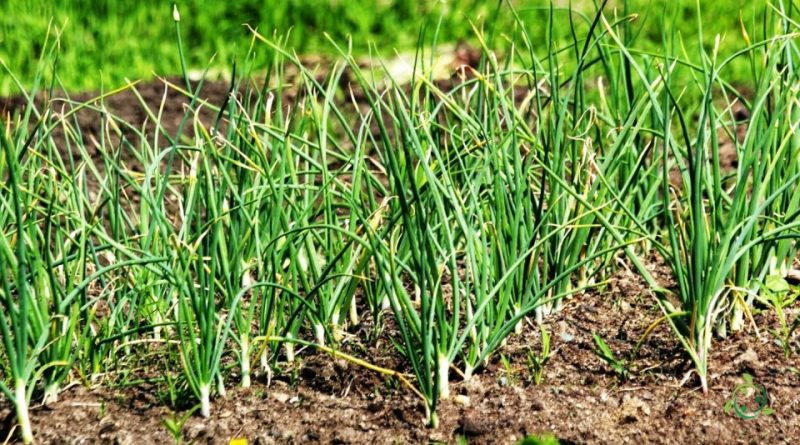How to intercrop garlic
How to intercrop garlic
Garlic (Allium sativum L.) is a bulbous plant of the Amaryllidaceae family whose first use is as a condiment, but it is equally used for health purposes due to the properties jointly attributed to it by science and popular traditions.
Garlic, due to its widespread cultivation, is considered a cosmopolitan plant but its origins are Asian (they have been traced to south-western Siberia) from where with various domestications it quickly spread throughout the Mediterranean basin and is already known in ‘Ancient Egypt.
The characteristic odor of garlic is due to numerous organic sulfur compounds including alliin and its derivatives, such as allicin and diallyl disulfide.
These compounds confer, in addition to the well-known aroma and odor, repellent properties towards many insects and various parasites.
In fact, in addition to defending itself, it also manages to protect the vegetables that grow near it from parasites. This is why it is recommended to plant garlic in combination with leeks, cabbage, basil, tomatoes, cucumbers, carrots, lettuces, cutting lettuces, peas, potatoes, celery and strawberries.
Garlic can therefore be intercropped with different plants to improve soil health, reduce pest infestations and improve mutual growth.
Below are some of the associations that can be made with the consequent objectives:
– Leeks: They can help repel onion flies and keep away some pests that are harmful to garlic.
– Cabbages: They can help repel caterpillars and other larvae that attack garlic.
– Carrots: Carrots can be planted near garlic, as they help repel onion flies and improve soil health.
– Basil: Basil can improve the flavor of garlic and can also help repel parasites.
– Tomatoes: Can be planted near garlic to help repel some common pests.
– Lettuce: Can be planted near garlic without interfering with its growth.
– Peas: They can enrich the soil with nitrogen and do not compete with garlic for the same nutrients.
However, we must always remember to choose, when intercropping, plants that have the same characteristics of adaptation to particular pedoclimatic conditions.

